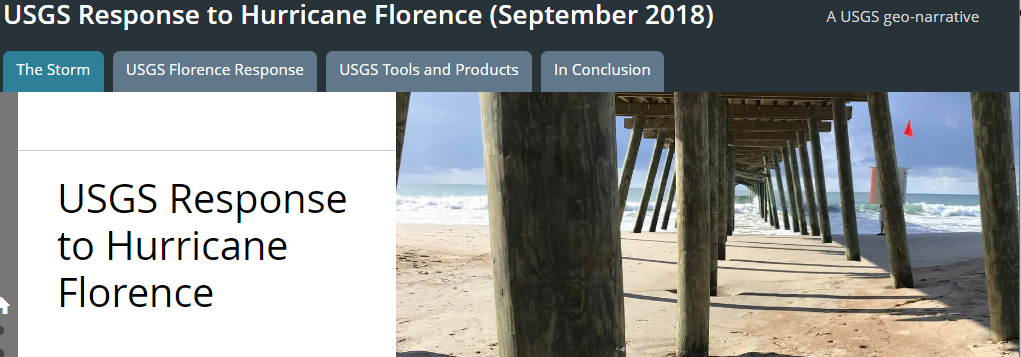The United States Geological Survey (USGS) has published a Geonarrative related to OOMG’s project Using a Coupled Numerical Modeling System to Investigate Flooding Impacts During Hurricane Florence (2018). OOMG researcher Dr. Joe Zambon worked with USGS investigator Dr. John Warner on modeling storm surge, compound flooding, and atmospheric and marine […]
OOMG’s project “Using a Coupled Numerical Modeling System to Investigate Flooding Impacts During Hurricane Florence (2018)” was highlighted in the U.S. Geological Survey (USGS)’s Newswave Fall 2021 issue. The goal of this project is to improve storm impact prediction through understanding of a historical hurricane landfall. The project focuses on […]
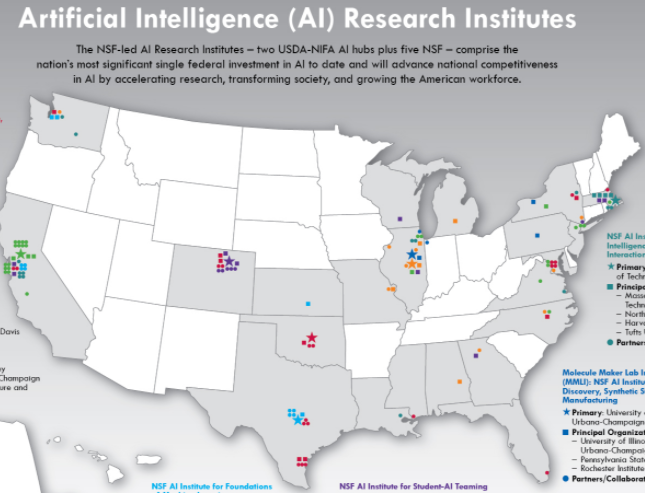
The National Science Foundation (NSF) has created five new institutes centered on artificial intelligence (AI) research, and the Ocean Observing and Modeling Group (OOMG) of North Carolina State University is among the principal awardees. The NSF AI Institute for Research on Trustworthy AI in Weather, Climate, and Coastal Oceanography includes […]
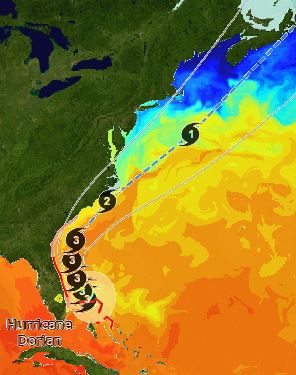
The Ocean Observing and Modeling Group at NC State University is closely watching Hurricane Dorian as it moves northward along the U.S. Atlantic coast. Using our Coupled Northwest Atlantic Prediction System (CNAPS), we are providing a 3-day forecast of the hurricane’s path and intensity, updated daily. CNAPS models ocean conditions, atmospheric […]
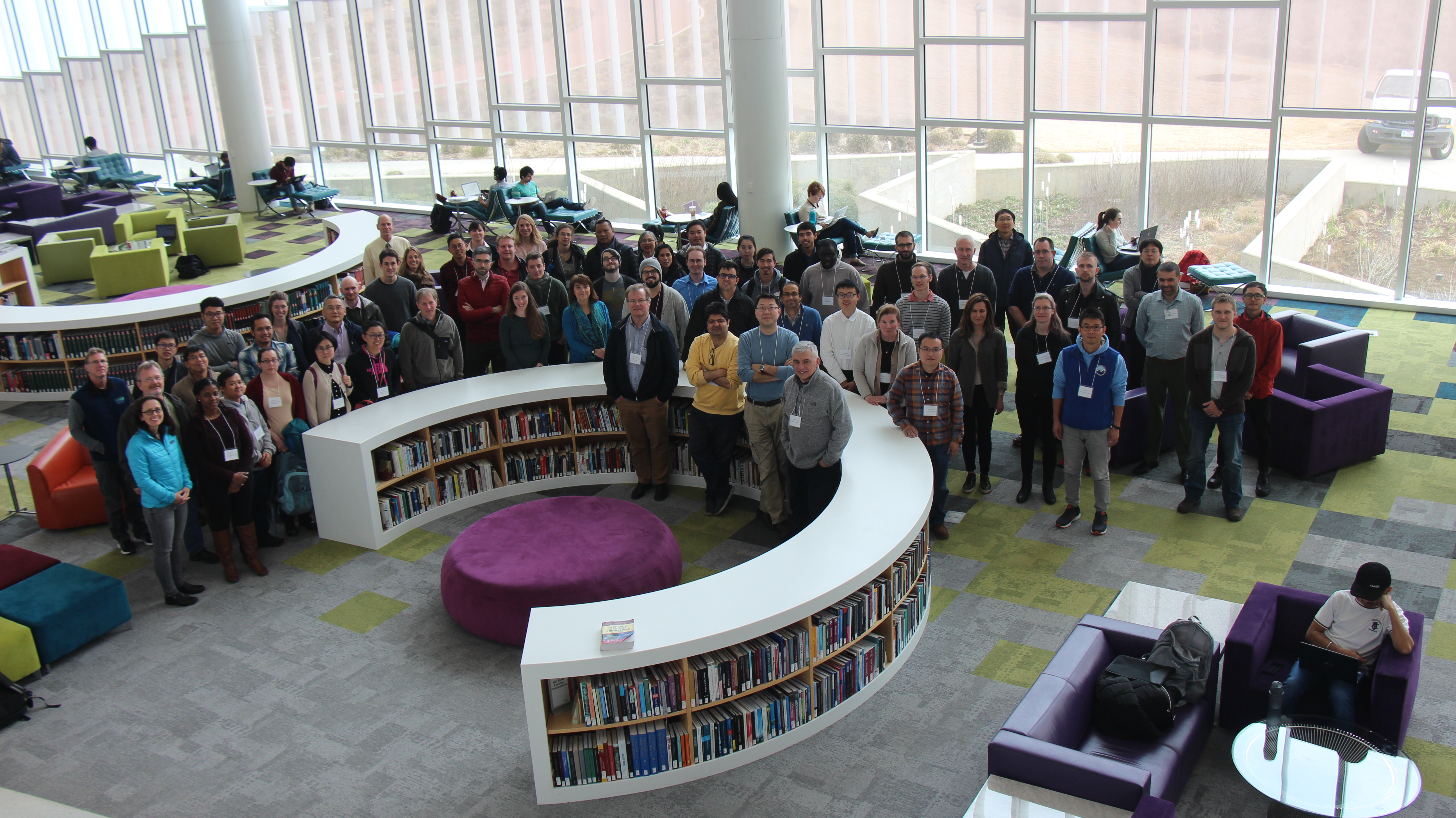
The biennial COAWST Modeling System Training was held in James B. Hunt Library at NC State University from February 25-28, 2019. Over 100 researchers attended in person or on line to learn more about the Couped Ocean-Atmosphere-Wave-Sediment Transport Model System. Developers and expert users of WRF (Weather Research and Forecasting model, the […]
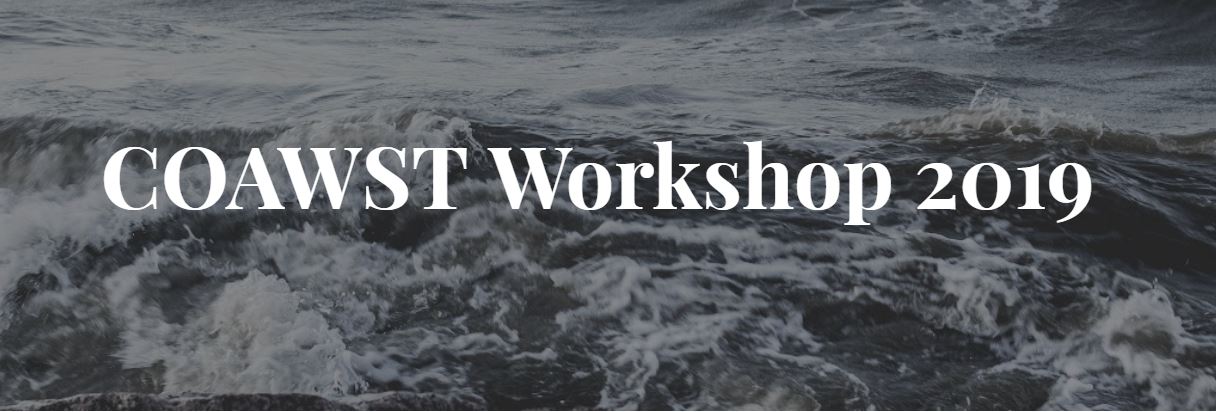
Dr. Roy He, head of OOMG, and Dr. John Warner of the U.S. Geological Survey will co-host a workshop on the Coupled Ocean-Atmosphere-Wave-Sediment Transport (COAWST) numerical model in February 2019. The workshop will be four days of intensive instruction in the capabilities, applications, and operations of the COAWST coupled modeling system. […]
Our coupled models, initialized at 8pm on September 7th, have completed and are now able to resolve Irma making landfall in Florida sometime between 2am and 5am Sunday morning. As a result, both the 3 and 7 day runs are capable of resolving the storm and currently point the landfall as […]
Over the last few days, the 7-day forecast experiment upgrade has been working well. Our output from forecasts initialized on the 6th and 7th are largely in line with the forecast models that the National Hurricane Center (NHC) has been favoring in their forecast tracks. We have been utilizing additional […]
Over the last few weeks, we have been working to expand the current CNAPS forecast from 3 to 7 days. With the appearance of Hurricanes Harvey and Irma, and the peak of the hurricane season on September 10, we were graciously allocated additional computing power from the High Performance Computing (HPC) […]
Model coupling is the connection of several separate numerical models so that output from each model becomes input for the other models. Models exchange information at specified intervals, so that, for example, predictions about the weather affect and are affected by ocean surface temperature, sea surface roughness, heat flux, etc. […]
